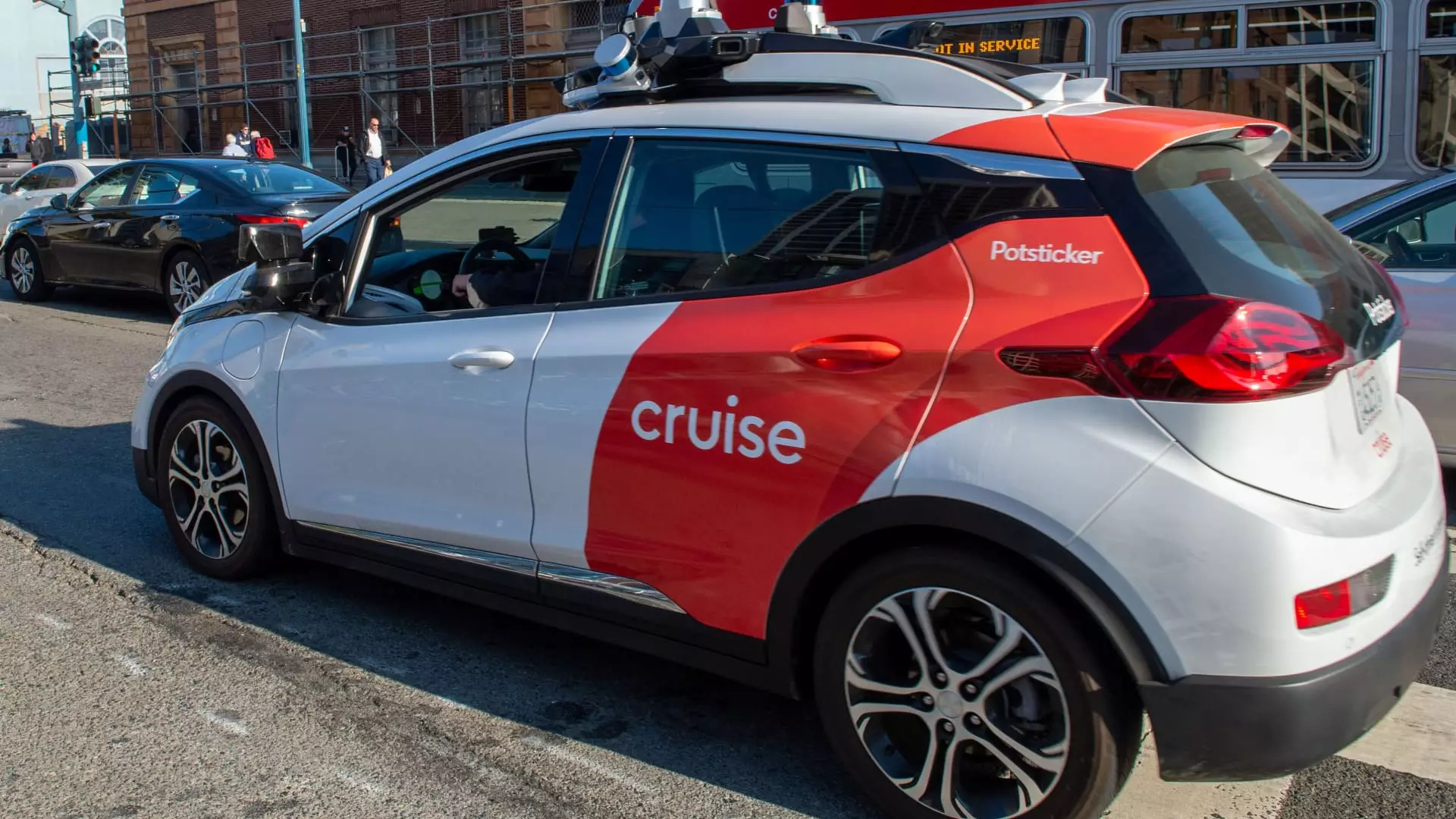The recent announcement from General Motors (GM) regarding significant layoffs within its Cruise robotaxi division marks a pivotal moment in the landscape of autonomous vehicle development. With a decision to reduce its workforce by approximately 50%, Cruise now faces stark operational challenges that highlight the complexities and difficulties within the burgeoning industry of self-driving technology. This article delves into the implications of these layoffs, the shifting strategy of GM, and the underlying factors that have led to this drastic decision.
The backdrop of these layoffs is steeped in a tumultuous economic environment for tech companies, particularly in sectors reliant on heavy investments like autonomous vehicles. Cruise, which once had ambitions to pioneer the robotaxi business, has undergone a strategic pivot following GM’s announcement that it would cease funding for the division. After investing over $10 billion into the acquisition and development of Cruise since 2016, GM’s adjustment signifies a departure from the ride-hailing model in favor of focusing on “personal autonomous vehicles.”
This shift in strategy raises fundamental questions about the viability of the robotaxi concept as a sustainable business model. The layoff of approximately half of Cruise’s nearly 2,300 employees illustrates the consequences of this redefined approach. In an internal communication, Craig Glidden, Cruise’s President, indicated the staffing reductions were a consequence of this change in direction. For those affected, the announcement must have come as a shattering blow, particularly given the commitment many had shown to the vision of a fully autonomous transport system.
While Cruise expressed gratitude for the dedication and passion of its staff, the emotional and psychological ramifications of such widespread layoffs cannot be understated. The company stated that it would provide severance packages and career support to assist affected employees in transitioning to their next career opportunities. However, the disruption to personal lives and livelihoods is a poignant reminder of the realities faced by workers in rapidly changing industries.
The layoffs specifically target engineering and related roles, highlighting a critical issue in a sector that thrives on specialized talent. The reality of the job market—especially in tech—means that these skilled individuals may face an uphill battle as they seek new opportunities, particularly in an environment that is increasingly scrutinizing tech companies for accountability. For engineers and other professionals with particular expertise in a failed business model, the search for suitable positions may prove daunting.
In addition to workforce reductions, high-level executive exits have compounded the issue at Cruise. The departure of key figures, including CEO Marc Whitten and Chief Human Resources Officer Nika Thomas, introduces uncertainty into an already vulnerable organization. The leadership shakeup points towards systemic issues that may have contributed to the hurdles faced by Cruise, including culture issues, regulatory failures, and apparent mismanagement.
Recent investigations into Cruise’s operations revealed serious concerns regarding compliance and oversight. The aftermath of an October 2023 accident underscored the potential hazards associated with deploying autonomous vehicles, leading to an alarming inquiry that exposed alleged misleading information provided to regulators. These findings not only call into question the integrity of the company’s leadership but also spotlight the broader challenges facing the industry as it grapples with public perception and regulatory scrutiny.
The fate of GM’s Cruise serves as a case study for the autonomous vehicle industry, illustrating the precarious balance between ambition and market realities. With GM pivoting away from its robotaxi ambitions, the discourse around self-driving technology is bound to shift dramatically. Stakeholders and investors will undoubtedly be more cautious, weighing the benefits against risks embedded within the technology’s developmental process.
As the industry looks ahead, Cruise’s transformation raises vital discussions about the future of autonomous vehicles. Are companies chasing illusory goals, or is the market genuinely receptive to personal autonomous vehicles? The ongoing debate will likely shape both public perception and investment strategies moving forward, especially in a post-pandemic world that continues to evolve technologically and economically.
The decision to implement significant layoffs at Cruise serves as a crucial reminder of the volatile nature of the tech industry. These changes reflect not only the shifting priorities within GM but also the broader challenges faced by companies striving to innovate in a tumultuous economic landscape. As the industry continues to advance, an introspective look at past missteps may be necessary to pave the way for a sustainable future.

